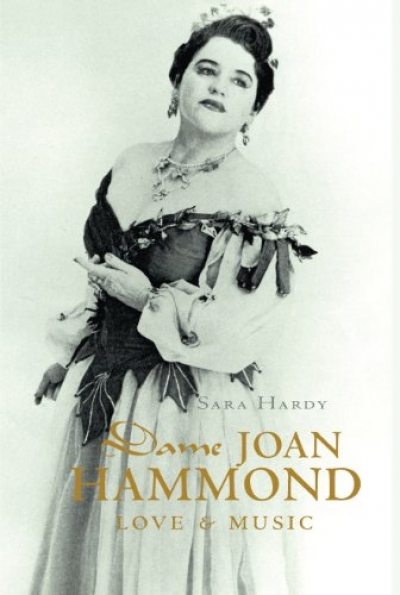Opera
Of all the many projects commemorating the centenary of World War I and the Anzacs’ contribution to it, the creation of an opera from David Malouf’s magnificent novella Fly Away Peter (1981) would seem to be one of the most demanding.
The story follows the young, bird-obsessed Jim Saddler f ...
Opera Australia’s autumn season in Melbourne with two revivals – one very familiar; the other in its second season, and its first on the bigger Melbourne stage. Each, responsibly, is on a Monday, not always guaranteed to draw a large audience, but the capacious State Theatre was well attended for the first offering, Madama Butterfly.
Moffa ...
Aida (![]() ) is one of the great contradictory operas: grandiose in effect yet intimate in emotional content. How such an imperial chamber piece would translate onto a harbour in front of thousands of people and sundry camels remained to be seen. It was an a ...
) is one of the great contradictory operas: grandiose in effect yet intimate in emotional content. How such an imperial chamber piece would translate onto a harbour in front of thousands of people and sundry camels remained to be seen. It was an a ...
Scottish director David McVicar’s importance to Opera Australia – after his acclaimed Don Giovanni in 2014 – grows with this new production of his Covent Garden Faust, which is currently being seen in Sydney. The production dates back to 2004 ...
For many of us – those of us not in the Farnham faction – this was our first visit to the Palais Theatre in three decades. (It has mostly been used as a rock venue since the Australian Opera decamped.) So there was much anticipation before the opening night of Victorian Opera’s The Flying Dutchman, perhaps the most ambitious production in the company’ ...
Opera Australia’s spring season in Melbourne opened with two masterpieces by Verdi in his bicentennial year. It was a decidedly rocky pairing.
La Fura dels Baus’s production of Un Ballo in Maschera was first seen in Sydney in January. La Fura is open about its intentions. Assistant director Valenti ...
My husband is proud to claim that in the 1950s, when they were both employed at Covent Garden, he was paid a larger salary than Joan Sutherland was. Fresh from Sydney, she had joined the company in 1952, and was soon appearing in small roles, including Clotilde, opposite Maria Callas’s Norma. This was followed by several years of steady progress and major roles (Agathe, Antonia, Micaela), but no great public success. My husband watched Joan’s progress from the beginning of her time and realised, as did others, that here was a great singer in the making. Then, in February 1959, Sutherland, directed by Franco Zeffirelli, made her triumphant début as Lucia di Lammermoor, and everything changed dramatically, including her fees.
... (read more)


